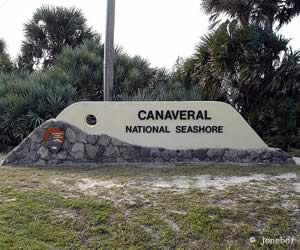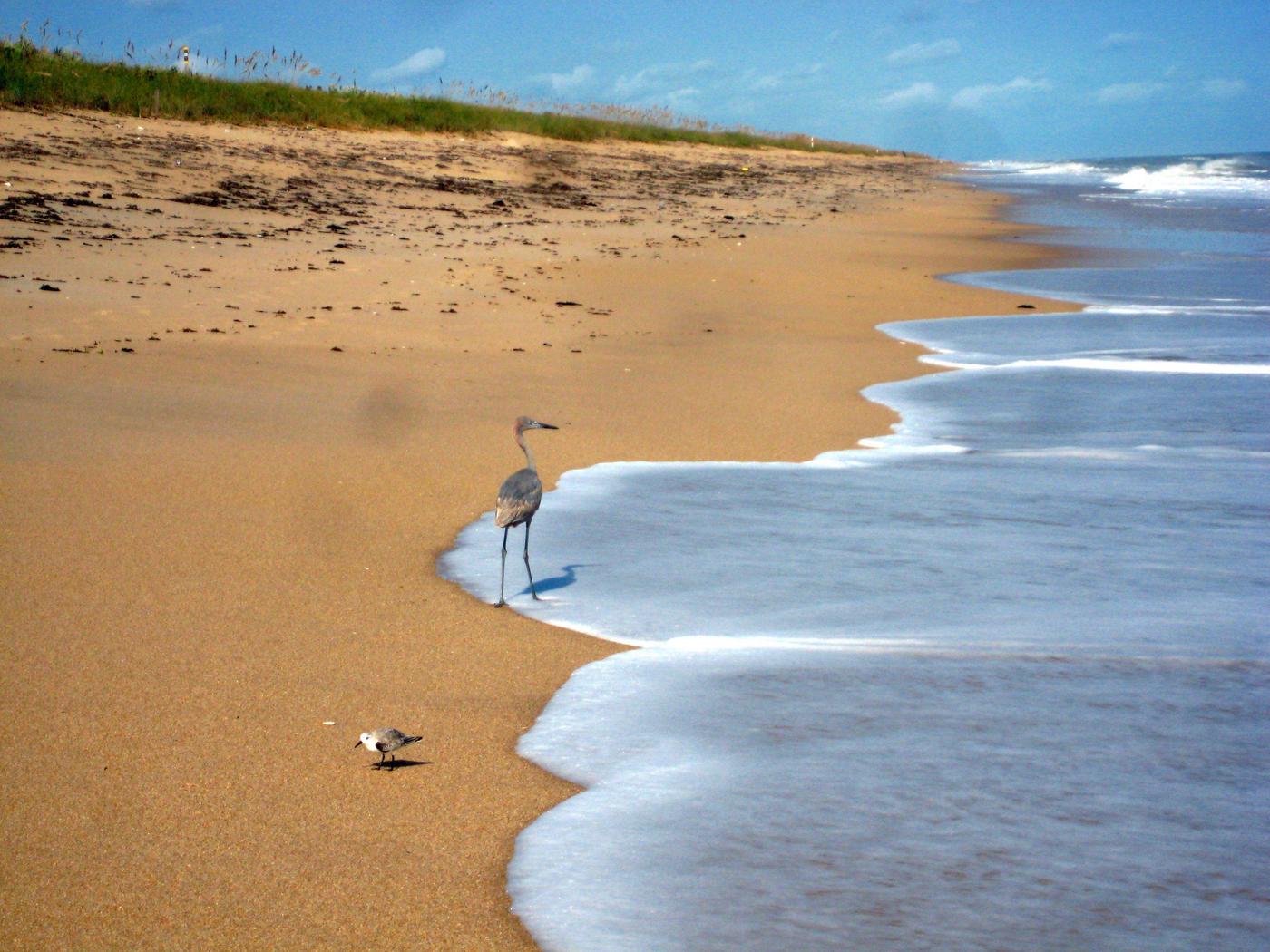
On an island, it's tiny with 29 campsites, absent from some tourism maps, and lovely.

Impressed walkers closed in, phones out for photos.Īfter a day of fish tales and snapshots, I rolled into Curry Hammock State Park in Marathon. Rafael Reyes and his buddy, Roger Calvo, muscled a gorgeous mutton snapper out of that water onto the pedestrian bridge where they were fishing. It looked nothing like the muddy rivers of his state, he noted. Pedaling again, iconic scenery unfolded and Pooley had it right about the alluring, hypnotic water.ĭon "Trapper" Heiss, a retired Ohioan with a $49 tag clinging to his rod, dropped a line from a bridge into a crystalline tide below. "We don't have many beaches," responded Walt Pooley behind the counter. They all seemed barrelling by that day, tailgating to Key West.Īt the Islamorada Chamber of Commerce Visitor's Center, I overheard a woman: "Hello, we are looking for a beach." Occurring to me was something Richard Hilsenbeck, formerly of The Nature Conservancy, said: "We are back to 1,000 people coming to Florida each day." 1 or the Florida Keys Overseas Heritage Trail - a puzzle of discontinuous, paved paths - took in at first mostly restaurants, motels and a din of unbroken traffic. "We have to give it a chance," Lorenz said. The widely advocated and chronically delayed fix: More water at the right places in the bay at the right time. "We as humans screwed it all up and we have the capability of fixing it," Lorenz said. There have been enormous die-offs of seagrass, eruptions of algae and, often, no bonefish, permit, trout or snook "to be caught in Florida Bay." "It's nothing compared to what it was 25 years ago," Lorenz said. The flow of life-sustaining water through that closely connected geography has been crippled by sugar agriculture and urban growth. He is a fish biologist focused on the well-being of roseate spoonbills as an ecosystem stethoscope for the Everglades, Florida Bay and the Keys. I parked at Audubon's 80-year-old Everglades Science Center to unload my bike, invited by Jerry Lorenz, research scientist there for 29 years. My journey started in Tavernier, 15 miles below where U.S. And each tells a story of remaining paradise. It was the most moving of the three stops.įar apart, each setting affirms the state is endowed with natural wonder.


I stayed for an inspirational starry night, sleeping in my canoe, tied off to a cypress knee, lulled by currents and thinking of pirates plying those black waters in pristine times. The final outing was 25 miles of paddling on the Suwannee River through federal refuge to the Gulf of Mexico. Visually, it was astonishingly beauty-and-beast and not for the nudists I interviewed. I got cell service but the sense of isolation hinted at haunting. I will, though, because it exemplifies a lot of Florida refuges: man-made facsimiles of nature.Īfter that was a hike along 12 miles of wilderness beach of Canaveral National Seashore at Central Florida's Atlantic coast. I began in the Keys, with 80 miles of cycling and a night in a tent at an unexpected jewel of a state park. Losing paradise has long been a fear in Florida, so I recently traveled to three areas to see what's left in a state endowed like no other with woods, wildlife and water. Florida's natural wonders have been in the news this year for all the wrong reasons: toxic tides, green slimes and rotting marine life.


 0 kommentar(er)
0 kommentar(er)
